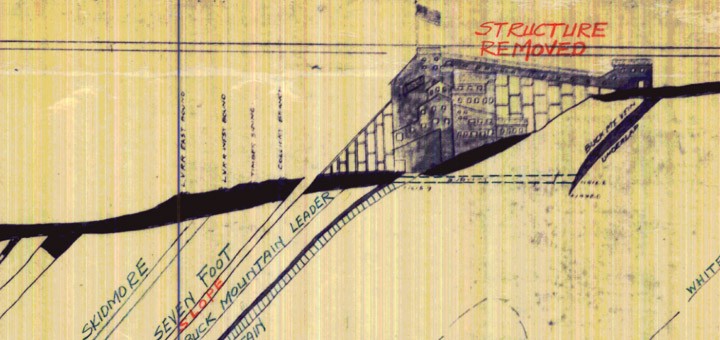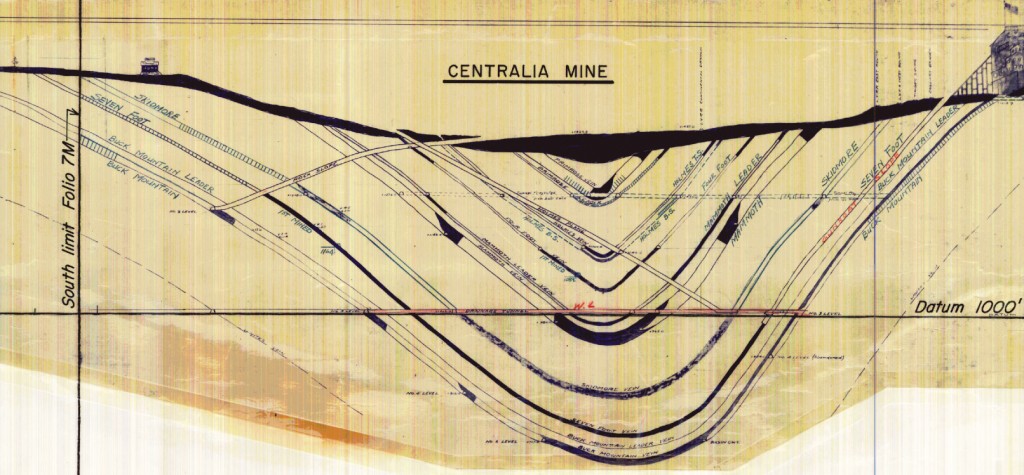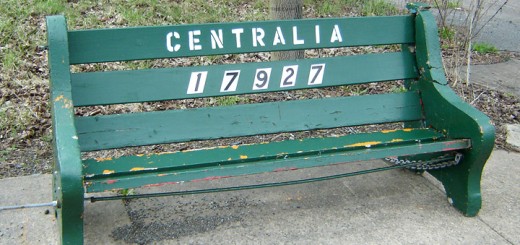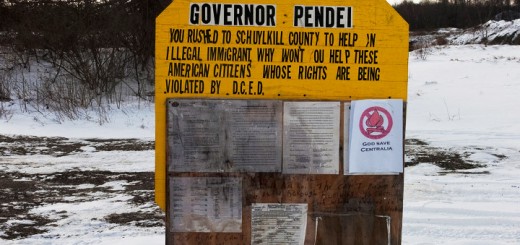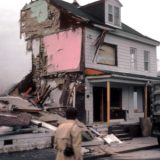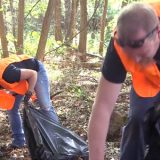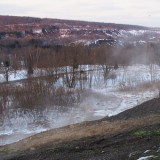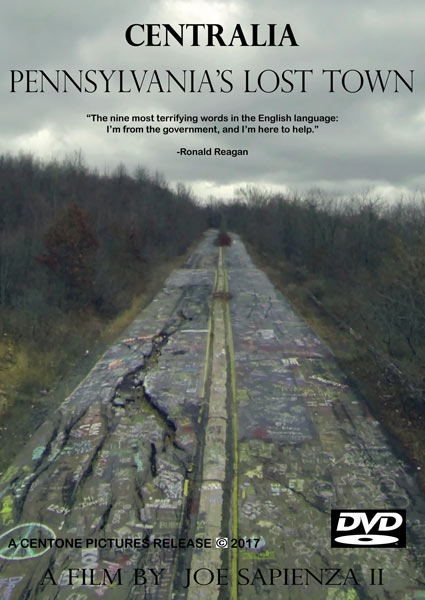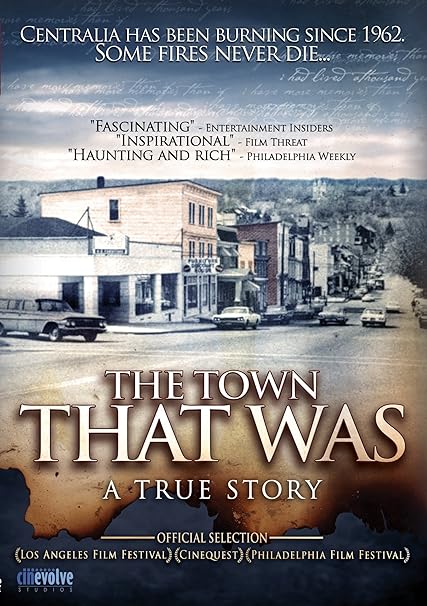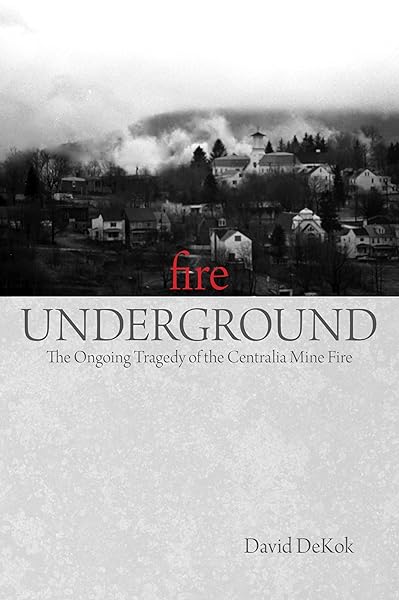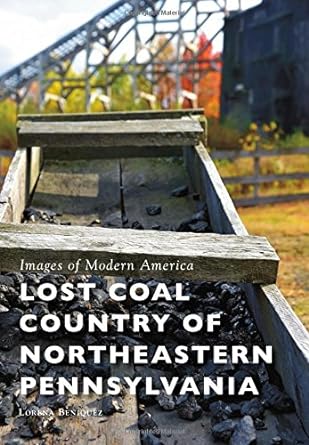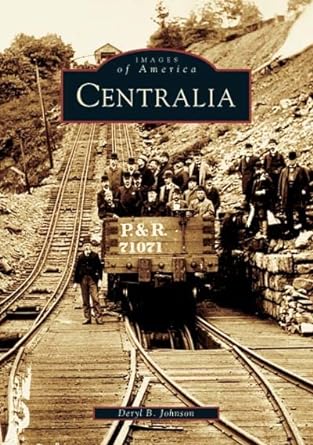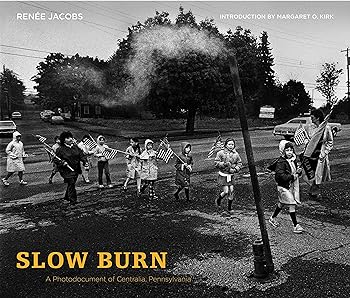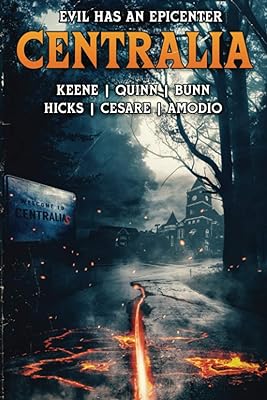Anthracite coal mining in Centralia Pennsylvania is a complex operation due to the geology of the region.
Since the 1850s, miners around Centralia have been working to remove coal from the ground. Like many types of rock, coal is found in layers. These are commonly referred to as seams, beds, or veins.
The coal was formed millions of years ago when organic material was deposited and later covered with additional layers soil. Over time, pressure and heat slowly compressed the organic material into a hard, black, flammable rock – anthracite coal.
There are a number of coal veins under Centralia PA. These are found at angles due to the mountainous nature of the Pennsylvania’s coal region.
While the coal would have initially started forming in horizontal layers, the creation of the Appalachian Mountains pushed and folded the earth’s surface into the angled seams we see today.
The above image shows a cross section of the numerous coal seams under Centralia Pennsylvania. Each of these veins has a specific name, including the Primrose, Holmes, Four Foot, Mammoth, Skidmore, Seven Foot, and Buck Mountain. There are also several small leader veins near their larger namesakes.
The cross section provides additional insights into the workings of the Centralia mine drainage tunnel. This is is shown as a horizontal line. The tunnel enabled miners to more easily reach coal deep within the earth by lowering the water level.
According to some experts, the Centralia mine fire is not in all of the coal seams below the town. Rather, it is isolated to the Buck Mountain coal bed. Other disagree and believe that mining tunnels have allowed the fire to spread into additional coal veins above the Buck Mountain seam.
One thing is for certain – the mine fire under Centralia continues to burn today and, by many estimates, it will continue to do so for several hundred more years.

